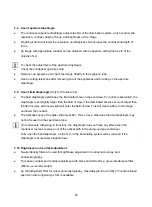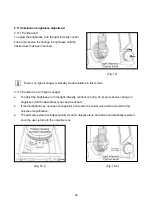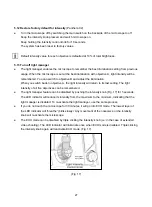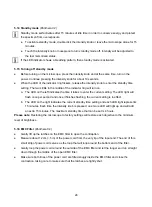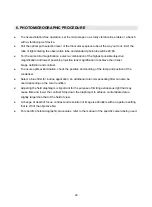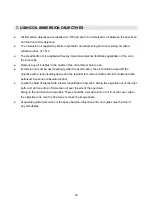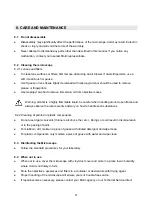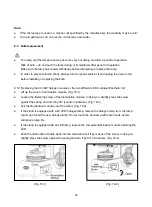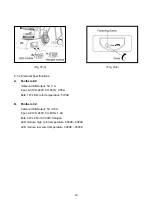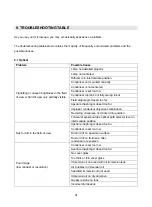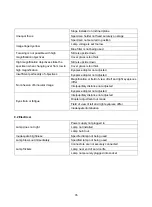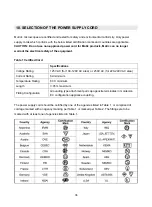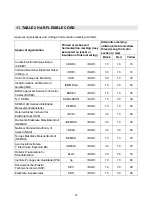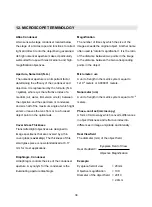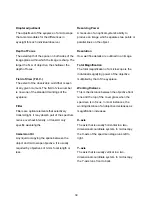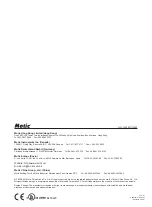
39
Diopter adjustment
The adjustment of the eyepiece of a microscope
that accommodates for the differences in
eyesight for each individual observer.
Depth of Focus
The axial depth of the space on both sides of the
image plane within which the image is sharp. The
larger the N.A. of objective, the shallower the
depth of focus.
Field of View (F.O.V.)
The extent of the observable world that is seen
at any given moment. The field of view number
is now one of the standard markings of the
eyepiece.
Filter
Filters are optical elements that selectively
transmit light. It may absorb part of the spectrum,
reduce overhaul intensity, or transmit only
specific wavelengths.
Immersion Oil
Any liquid occupying the space between the
object and microscope objective. It is usually
required by objectives of 3-mm focal length or
less.
Resolving Power
A measure of an optical system's ability to
produce an image which separates two points or
parallel lines on the object.
Resolution
How well fine details are outlined in an image.
Total Magnification
The total magnification of a microscope is the
individual magnifying power of the objective
multiplied by that of the eyepiece.
Working Distance
This is the distance between the objective front
lens and the top of the cover glass when the
specimen is in focus. In most instances, the
working distance of an objective decreases as
magnification increases.
X–axis
The axis that is usually horizontal in a two-
dimensional coordinate system. In microscopy,
the X-axis of the specimen stage runs left to
right.
Y–axis
The axis that is usually vertical in a two-
dimensional coordinate system. In microscopy,
the Y-axis runs front to back.

